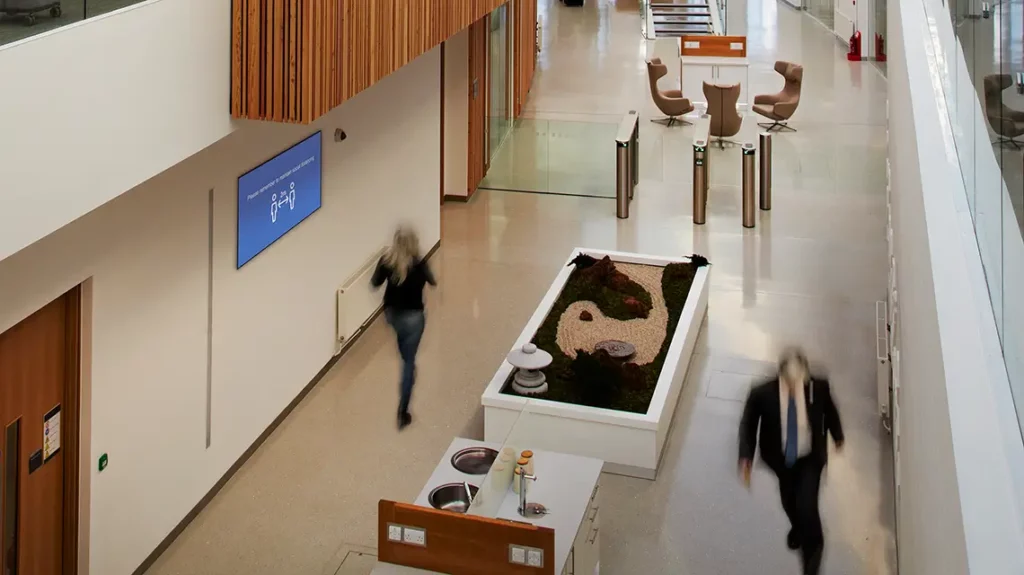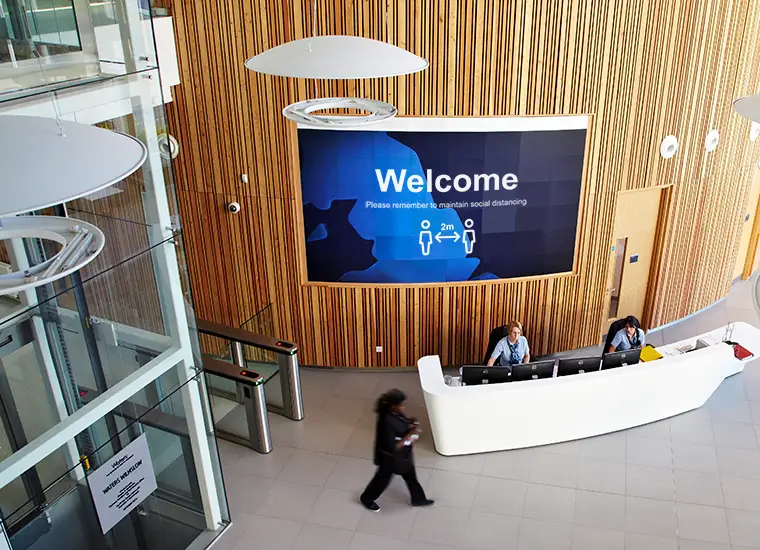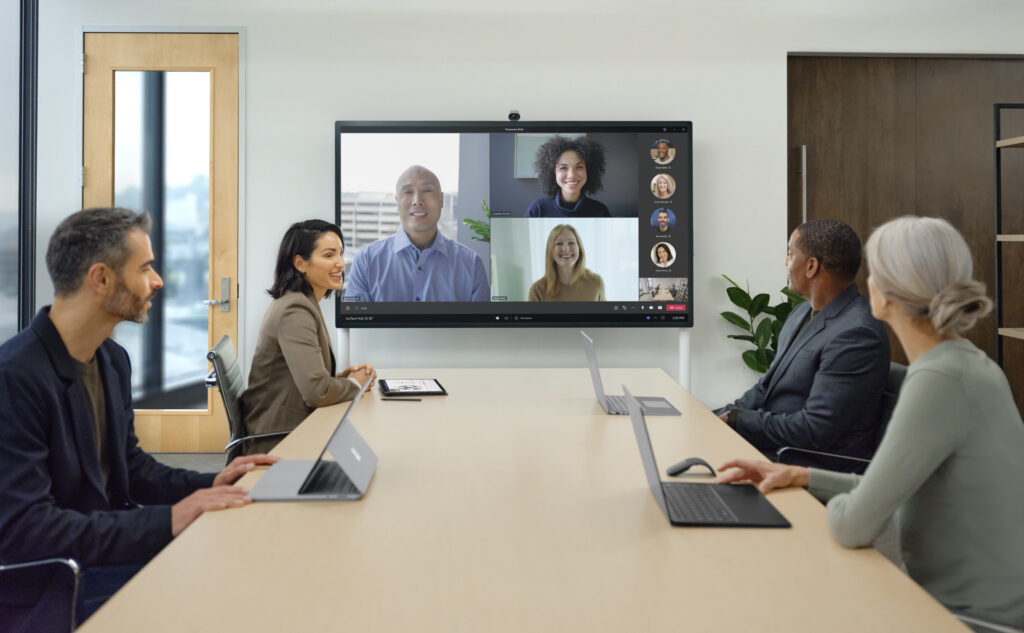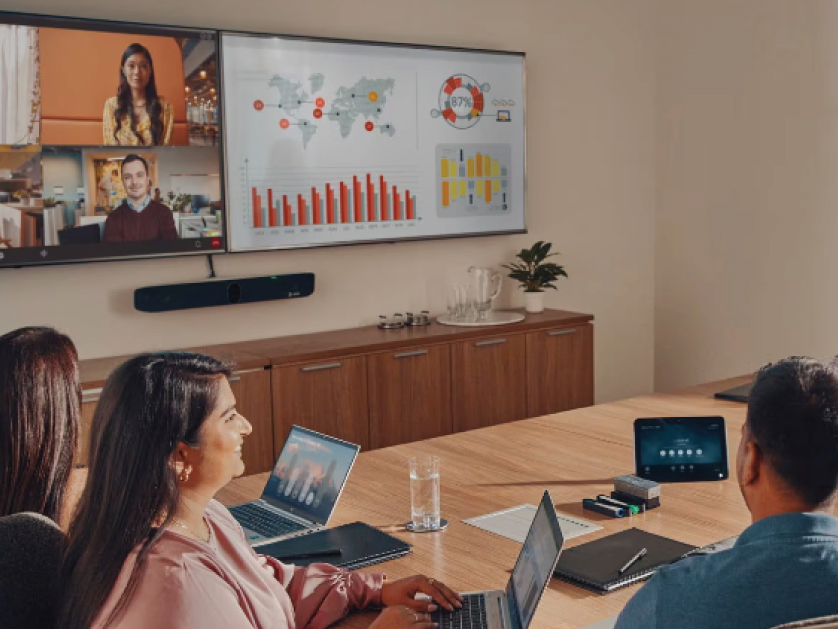Technology is key to a return
As organisations start to consider opening their doors once again to employees and visitors, they do so to a situation that is completely different from a couple of months ago. From the entry point in reception through to executive offices and meeting spaces throughout the building, the landscape has shifted enormously. In early January no business could have predicted the dramatic effect about to unfold or the impact it would have on the world and more locally on their business.
One significant change that has come from the pandemic is the reliance on technology to provide the solutions to allow businesses to continue to operate. As the first green shoots of a return to work appear, they come alongside new and comprehensive government regulations that need to be adopted and implemented.
Workplaces are always in a state of constant flux, development or advancement but these are always planned and usually undertaken over the course of months and years. The current situation dictates that these changes must take place in weeks if not days, and are enforceable by statutory government regulations. Organisations that fail to comply not only risk being criticised by their employees, but could also face heavy fines.

The stats
Following recent surveys by ENGAGE and YouGov, 55% of respondents stated that they were not comfortable returning to the workplace. The biggest physical concern listed by 51% was how social distancing would be implemented. Respondents also had concerns about the logistics of moving around buildings and the use of shared spaces.
The survey also revealed that 42% of people believed returning back to the workplace would see a decline in their work life balance and 28% believed their physical health would decline, with 33% suggesting their mental health would be impacted. Over 24% (50% in London) were concerned about the health risks associated with the office commute. Clearly employers have a lot of work to do providing confidence and reassurance to their workforce and supporting those wishing to continue working from home.

How can a businesses provide reassurance and ensure the safety and wellbeing of their staff whilst maintaining operational efficiency?
We’re no experts on managing virus outbreaks and restricting infection rates, we’ll happily leave that to the specialists, but what we are very good at is enabling modern, agile and flexible workplaces. Here’s a number of key points business leaders need to consider:
- Working from home should be considered the first option
- Provide equipment for people to work from home safely and effectively
- Monitor the wellbeing of people who are working from home and help them stay connected to the rest of their workforce
- Social distancing in the workplace of 2m apart
- Desk based working restrictions, using screens to separate people from each other
- Planning, monitoring and managing building and office occupancy levels
- Reduce congestion by having more entry points to the workplace, staggering arrival/departure times and regulating and monitoring high traffic flow areas
- Avoiding the use of hot desks and shared spaces and, where this is not possible, cleaning between different occupants
- Not using touch-based security devices such as keyboards & screens at reception/check-in points
- Limiting or restricting the use of high-touch items and equipment, for example, printer or whiteboards, interactive screens
- Minimising non-essential work travel and consider using remote tools to avoid in-person meetings
- Using visual communication such as signage to explain changes to schedules and keep staff and visitors informed.
Create safe, modern and flexible environments for your workforce
Speak with our experts to discuss how you can ready your organisation for return to work



